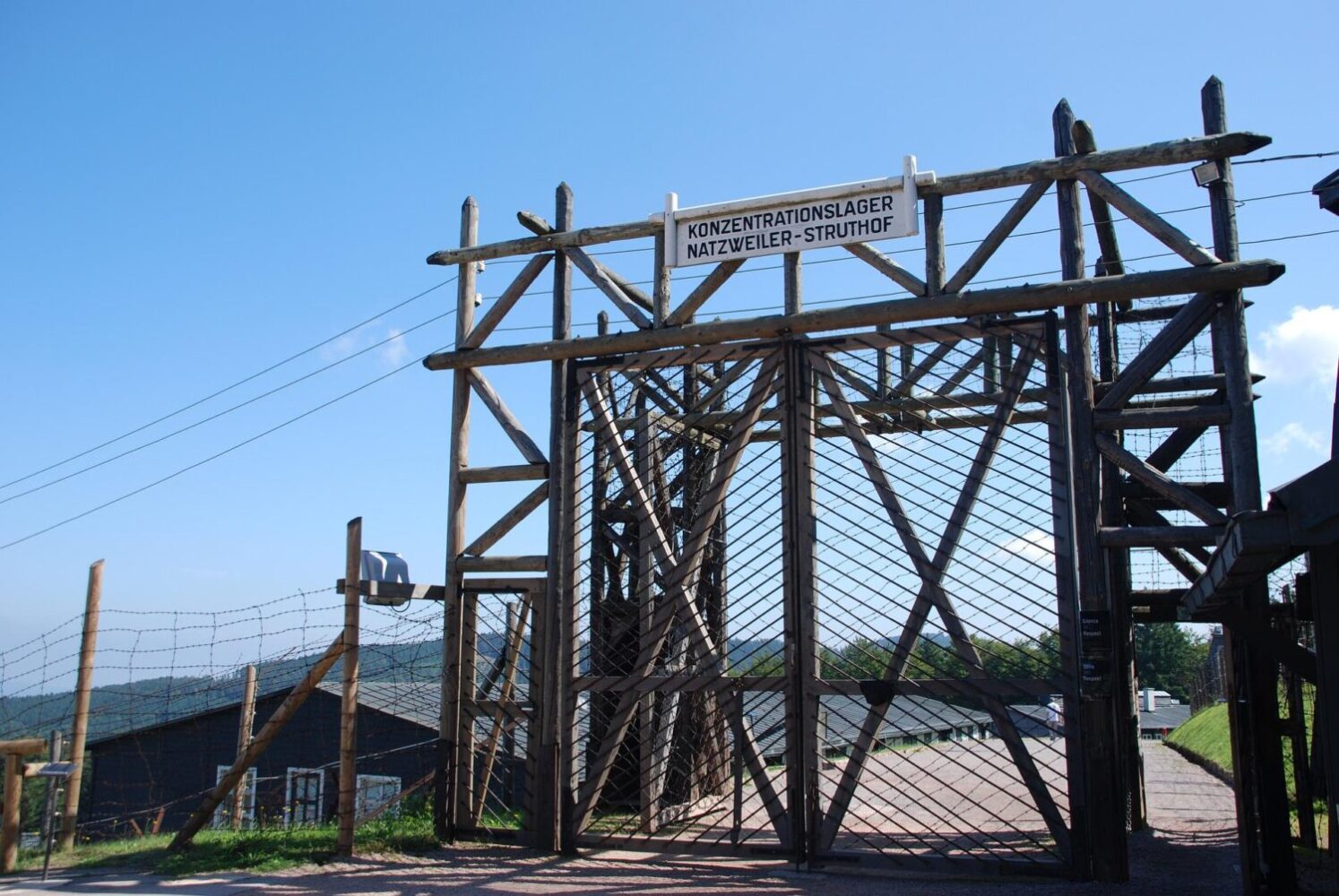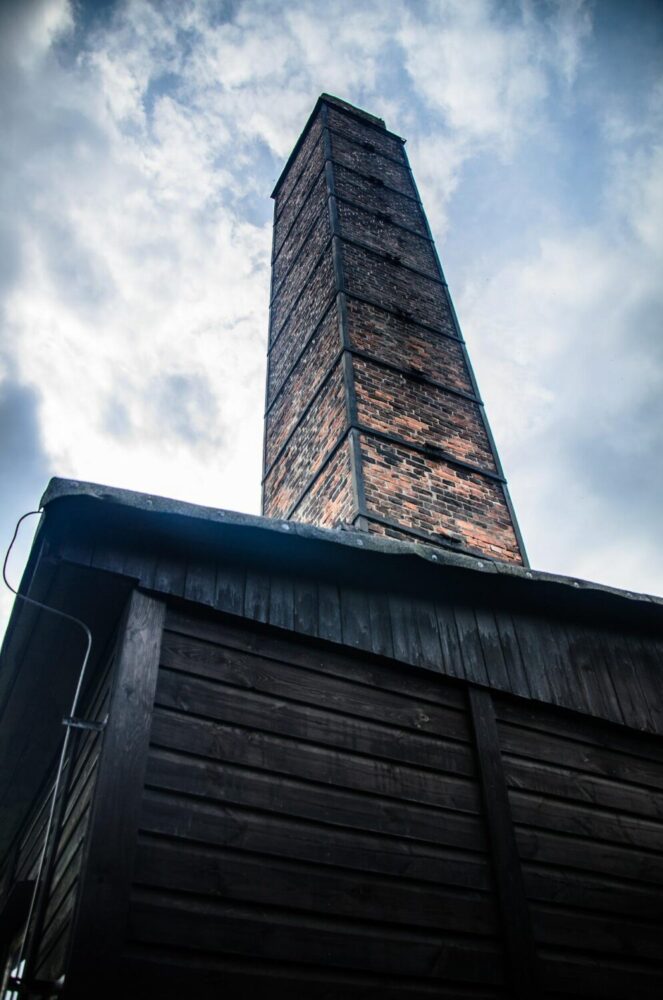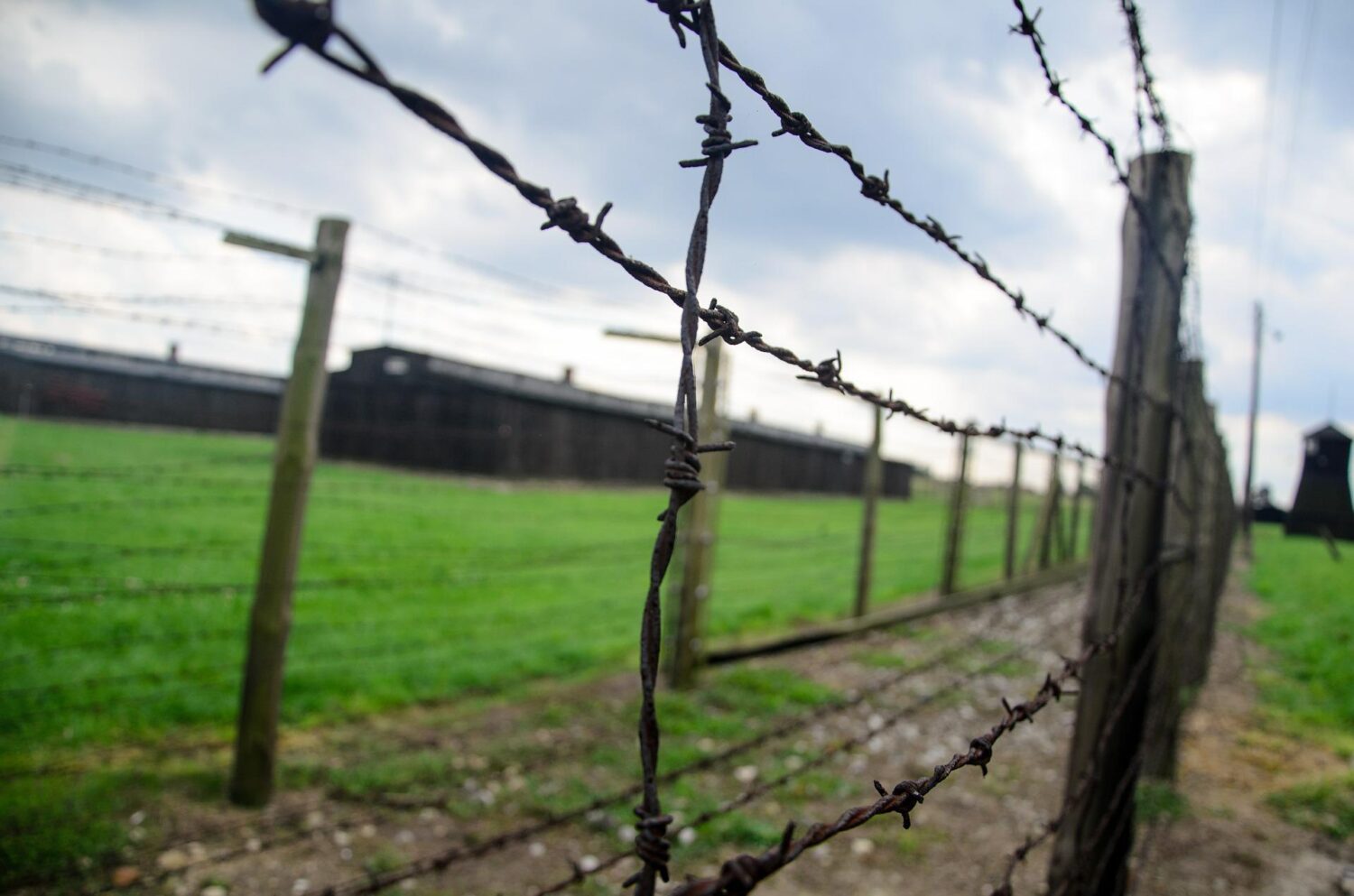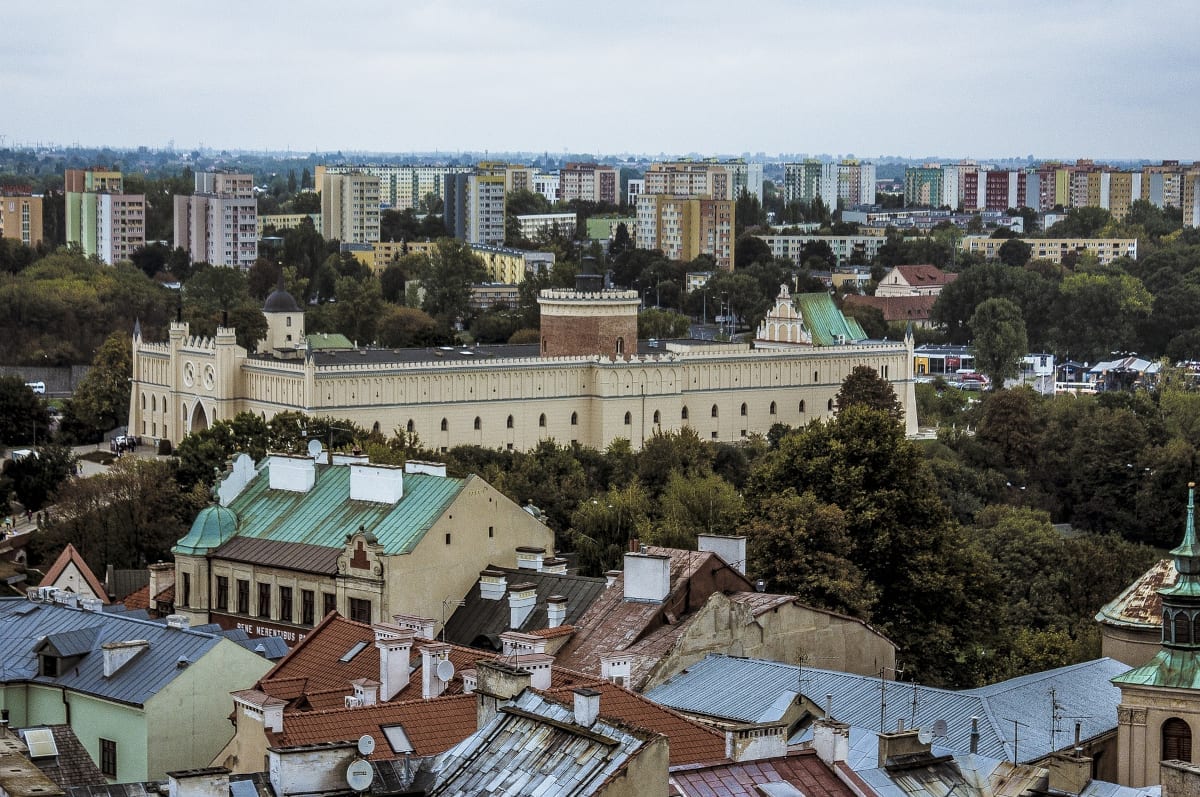Top 10 Things To Do in Lublin
What to see, what to do
Things to do – updated 17 January 2023.
There’s a lot to see and do in the city. Here’s our list of the top 10 things to do in Lublin. Click on the links for further information or to book a tour & buy ticket.
1. Majdanek
Majdanek was a Nazi concentration and extermination camp operated by the Schutzstaffel (SS) during the German occupation of Poland in World War II from 1st October 1941 until 22nd July 22, 1944, and was used to kill people on an industrial scale. Majdanek Concentration Camp was located on the outskirts of the city of Lublin and was initially intended for forced labour. It soon became part of Operation Reinhard, the secretive German plan to exterminate Polish Jews in the General Government district of German-occupied Poland. The 270-hectare camp was one of the largest of the Nazi run death camps with seven gas chambers, two wooden gallows and 227 structures. Unlike other camps, Majdanek was captured nearly intact due to the rapid advance of the Soviet Army, which did not allow the SS sufficient time to destroy the infrastructure and evidence of war crimes.
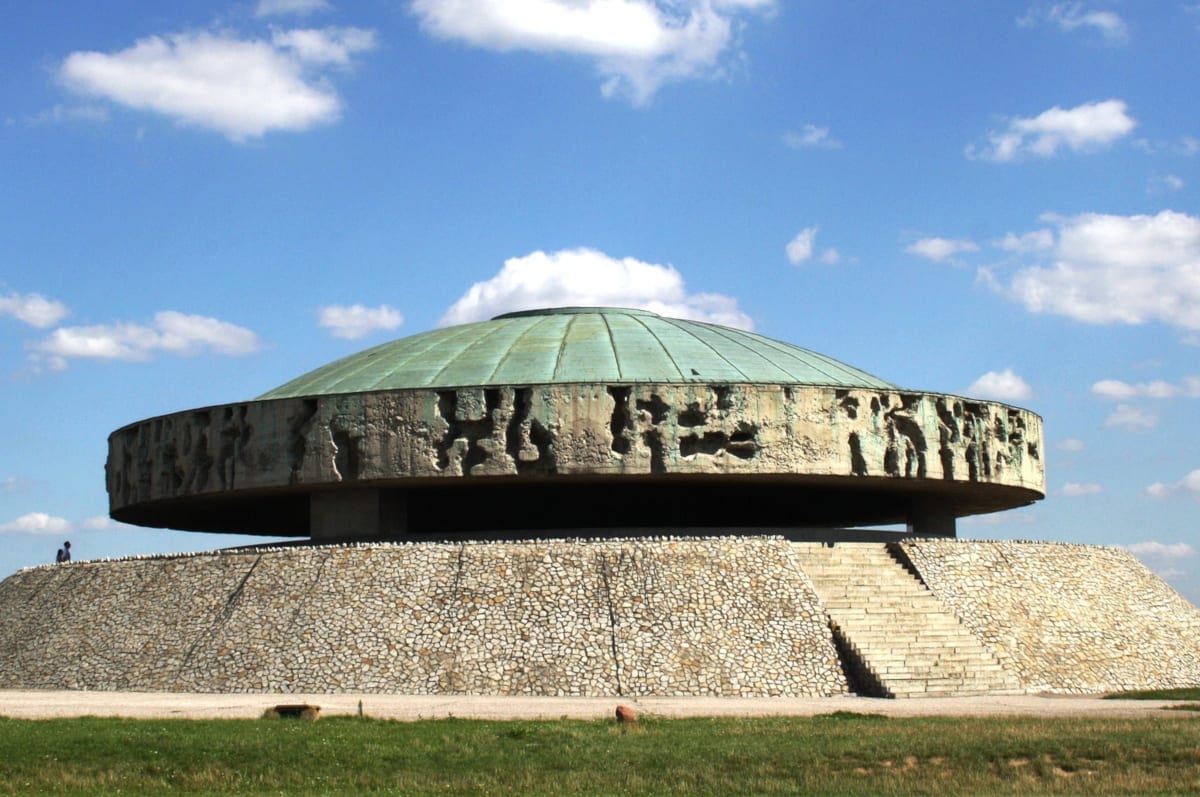
2. Old Jewish Cemetery
The cemetery is located on the site of a former medieval fortress on a hill between Kalinowszczyzna and Sienna Streets and overlooks the Old Town. It is surrounded entirely by a 17th century wall and contains around 30 tombstones, including the oldest Jewish tombstone in Poland. Founded around 1541, the cemetery holds the remains of several distinguished rabbis and scholars of the local community.
3. Grodzka Gate
Also known as The Jewish Gate, it is one of the main gates in the defensive city walls surrounding the Old Town. Historically, the gate separated the Jewish Quarter from the Christian parts of the city. Inside the building, you can see exhibits about Jewish life in Lublin and see a scale model of pre-war Old Town.
4. Lublin Castle
The Lublin Castle is one of the oldest preserved Royal residencies in Poland dating back to the 12th century. The castle has been rebuilt a few times over the years, however some parts are original such as the Romanesque round tower that dominates the courtyard. The castle now hosts the Lublin Museum and the 14th century Gothic Chapel of the Holy Trinity, which contains Russian Byzantine inspired frescoes painted in 1418. The castle was used as a prison during WWII holding around 40,000 inmates.
Best highlights of Lublin walking tour
5. Cathedral of St John the Baptist
Built in the 16th century as a church of the Society of Jesus, it was one of the first baroque churches in Poland and became a cathedral of the diocese in the early 19th century. The highlights are the impressive interior with baroque trompe l'oeil frescoes, a 14th century bronze baptismal font and a collection of precious gold and silverware.
6. Former Jewish Orphanage
The orphanage was established in 1862 by the Jewish Community with the purpose of caring for orphans in need and elderly people. It was located at 11 Grodzka Street in the Old Town and operated until 24th March 1942, when Nazis closed it down with the mass murder of over 100 children and three adult caregivers. The children were taken, most still in their bedclothes to a sandlot in east Lublin and executed. The children's remains were moved to the New Jewish Cemetery in 1948, where there is a memorial. Today, the former orphanage is a youth centre.
7. Jewish Orphans Memorial
The location where the Jewish children from the Jewish orphanage were beaten and executed. You’ll find a small memorial at the location on the corner of ul Maszynowa & ul Łęczyńska.
8. New Jewish Cemetery
Due to a lack of space at the Old Jewish Cemetery in Sienna Street, the New Jewish Cemetery was founded in 1829 with the first burial taking place in 1830. It is the final resting place of 52,000 Jews who were buried there until 1942. The Germans destroyed the majority of the cemetery during WWII and used tombstones from the cemetery in the construction of parts of Majdanek extermination camp. You can find the cemetery 1km north of the Old Jewish Cemetery on ul. Walecznych.
9. Former Headquarters of Operation Reinhard
Located at ul. Spokojna 1, you’ll find a mustard-yellow building, which in 1942 was the administrative headquarters for Operation Reinhard, the German plan in World War II to exterminate Polish Jews in the General Government district of German-occupied Poland. This was where the killing of over 2 million people was administered and the system of death camps such as Bełżec, Sobibór and Treblinka were created. The building is a law school today and you will not find a marker recalling its role in the Holocaust.
10. Lublin Village Museum
It’s an open-air museum around 5km west of the city centre appearing as a traditional village. There are numerous buildings with fully equipped and furnished interiors in addition to a manor house, an Orthodox church and a windmill.
FAQ
What is the best time to visit Lublin?
The best time to visit Lublin is during the spring (April-May) or fall (September-October) when the weather is mild and the crowds are smaller.
What are some must-see sights in Lublin?
Some must-see sights in Lublin include the Old Town, the Lublin Castle, the Krakow Gate, the Majdanek State Museum, and the Museum of Lublin History.
How can I get around Lublin?
Lublin has an efficient public transportation system, including buses and trams, as well as the option to rent a bike or take a taxi. Walking is also a great way to explore the city.
Are there any good places to eat in Lublin?
Lublin is known for its traditional Polish cuisine, with many restaurants serving dishes such as pierogi, bigos, and kielbasa. There are also many international options available.
What is the currency in Lublin?
The currency in Lublin is the Polish zloty (PLN).
What is the language spoken in Lublin?
The official language spoken in Lublin is Polish. Many locals speak English, and you should be able to find people who speak German, Italian, Spanish and French in touristic places.
Are there any good places to shop in Lublin?
Lublin is known for its traditional markets and souvenir shops, where you can find items such as amber jewelry, hand-painted pottery, and hand-woven textiles. There are also many modern shopping centers and malls in the city.
Are there any good places to stay in Lublin?
Lublin has a wide range of accommodation options, from budget hostels to luxury hotels. It's best to book in advance in high seasons.
Are there any good festivals or events in Lublin?
Lublin is home to many festivals and events throughout the year, including the Lublin Jazz Festival, the Festival of Good Taste, and the Festival of Folk Bands and Songwriters.
Are there any good day trips from Lublin?
Some popular day trips from Lublin include the Majdanek State Museum, the Zamość Old Town and the Nałęczów Spa Town.
